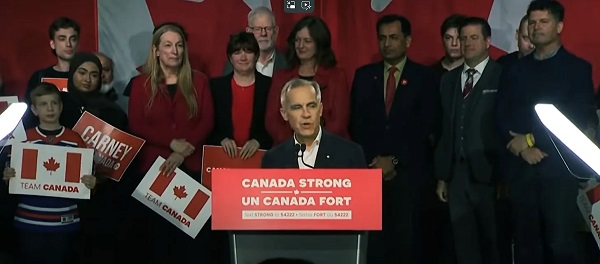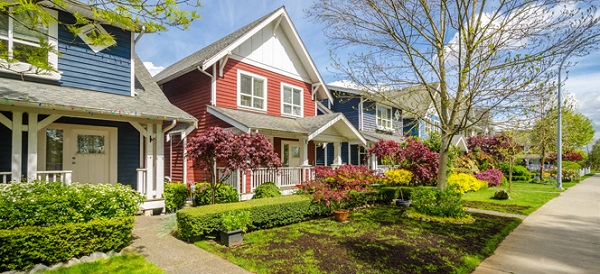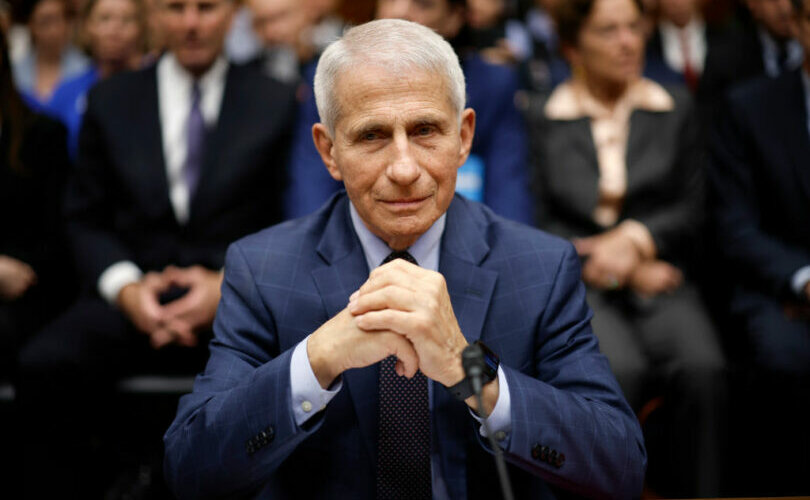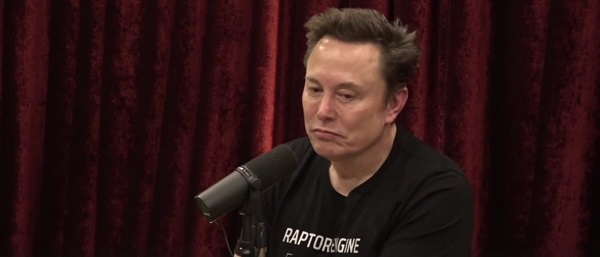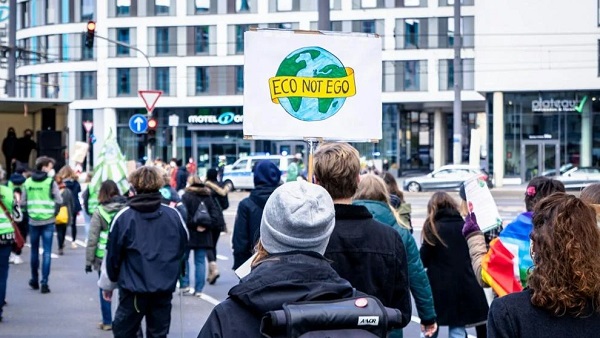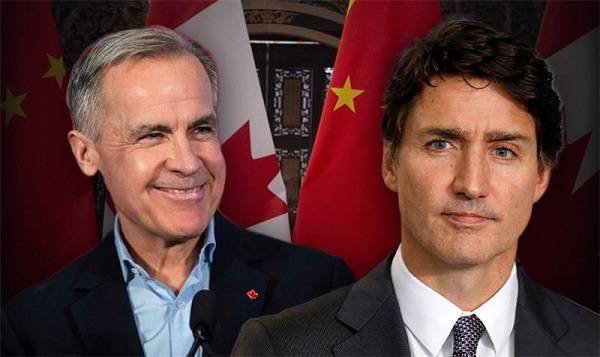Business
Paul Almeida: My European Favourites in 5 – 4 – 3 – 2 – 1!

Salzburg, Austria by Paul Almeida
Salzburg is one of my favourite mid-sized cities in Europe and Austria’s fourth largest city, with only about 150,000 residents. Geographically, it lies at the foot of the Eastern Alps, close to the German border and is bisected by the Salzach River. The compact old town, with medieval and baroque architecture is classified as a UNESCO World Heritage Site and is easy to explore on foot. Salzburg is visited annually by millions of tourists from around the world and our Azorcan tour groups often list it as a favourite stop.

Salzburg, Austria
5 FUN FACTS
Salzburg literally means “Salt Fortress.” The reigning Prince-Archbishops, the city and the region became wealthy mainly from the salt mines in the area, trade and some gold mining. Don’t miss the opportunity to visit a salt mine in the area to learn more about the extraction of the “white gold.”
The 11th century Hohensalzburg is one of the largest and best preserved medieval fortresses in Europe. You can walk up the path to the fortress or you can take the Festungsbahn funicular railway located just off the Kapitelplatz. From the fortress, you can enjoy some of the best views of the city and the surrounding area.
Composer Wolfgang Amadeus Mozart was born on January 27, 1756 in Salzburg, and you can visit his birthplace which is also a museum. You can’t miss the bright yellow building at No. 9 Getreidegasse with “Mozart’s Gebursthaus” in gold letters on the façade. The Getreidegasse is a pedestrian street with shops and restaurants. The ornamental wrought iron signs on the building facades harken back to medieval times. The Schlosserei Wieber shop on the Getreidegasse is a traditional metalworking shop that also continues to make these signs. The city celebrates Mozart Week festival in January around his birthday. A friend once joked that “Mozart was my favourite composer, now he’s my favourite decomposer.”

Hohensalzburg Fortress, Mozart’s Gebursthaus and the metal signs on the Getreidegasse
The famous Salzburg Festival, established in 1920 and which features some of Mozart’s works, is held each summer for five weeks starting in late July. With approximately two hundred drama, concert, and opera events and a quarter of a million visitors, it is a huge undertaking and an important driver of the local economy. The festival celebrated its 200th anniversary in 2020 but unfortunately plans had to be scaled back due to the corona virus pandemic.
The Rodgers and Hammerstein musical, “The Sound of Music,” about the Von Trapp family was set in Salzburg and movie fans love to search out film locations in the city.
Some of the most popular places to seek out are St. Peter’s cemetery, the Mirabell Palace and gardens with the Pegasus fountain, the Horse Pond, the Residence Square with it’s baroque fountain, Schloss Leopoldskron and the Nonnberg Abbey. The Rock Riding School, which was initially built to be a cathedral but was changed to a riding school by the Prince-Archbishop, later became Salzburg’s favourite concert venue. This is where the real Von Trapp family won the 1936 Salzburg Music Festival. There are other film locations located in the surrounding areas and there are tours that focus on the Von Trapp’s and the movie.

Mirabell Gardens, Makartsteg Bridge and the view of the old town from the Mochsberg
4 POINTS OF INTEREST
A walking tour of Salzburg usually starts at the Mirabell Palace gardens. The Palace was built by a Prince-Archbishop in 1606 and has a grand marble hall that is popular for weddings. The view from the palace’s gardens to the Hohensalzburg fortress in the summer when the geometrically laid flowers are in bloom is amazing. The Grand Fountain in the centre of the garden with four mythological statues representing the elements (Fire, Air, Earth, Water), the Dwarf Garden, and the Pegasus Fountain are popular photo stops. The best way to cross the Salzach river to the old town from the Mirabell gardens is the pedestrian Makartsteg Bridge which is usually adorned with numerous “love locks.” The locks are inscribed with the lovers initials, attached to the fencing and the key thrown into the Salzach.
As you cross the river to the old town (Altstadt), go to the right and you will find the Monchsberg lift which takes you up to the Museum of Modern Art (Museum der Moderne). The café at the museum is a great place to have a cappuccino and cheese strudel as you admire the view of the old town. The Monchsberg, which was named after the Benedictine monks, is one of five mountains or hills in Salzburg. The Monchsberg plateau has a hiking path through the forest that you can take and enjoy scenic views all the way to the Hohensalzburg fortress. The city has a mountain inspector’s office (Bergputzer) to check the mountain for possible falling rocks. In 1669, an avalanche of rock landed on the city below and killed over 200 people.
On the University Square (Universitatplatz), you will find the Grünmarkt or green
Market that goes back to the 18th century. The farmers market still has vendors selling fruit, vegetables, cheeses, meats, breads and pastries. It’s a great place to sample local products, or grab a quick lunch or a pretzel. The Kollegienkirche or University church dominates the square, and there are several historic buildings surrounding the lively square.

Pretzel kiosk on University Square, Residence Square and the Salzburg Cathedral>
A short walk from the University Square will take you past the Alter Markt square with the St. Florian Fountain and into the expansive Residence Square (Residenzplatz). The square has a magnificent baroque fountain decorated with four horses snorting water, giants, dolphins and a triton. Here is where you can find horse drawn carriages to enjoy the city centre at a leisurely pace. The Residence museum on the square is a testament to the immense wealth and political power of the Prince-Archbishop’s of Salzburg. The lavish state rooms and painting collection make it a top attraction. The 17th century baroque Salzburg Cathedral or Dom on the square is connected to the Residence. The Cathedral has religious relics of St. Rupert, an impressive pipe organ, plus an ornate ceiling and dome. The baptismal font is the same one used to baptize Mozart.
3 INTERESTING ACTIVITIES
To fully understand the significance of salt to the fortunes of Salzburg take a short trip to the Salzbergwerk Dürrnberg, which is located on the Dürrnberg above the town of Hallein. After supplying you with miner’s overalls, you will go by rail deep into the mountain where you will walk through the tunnels, go down two long slides and take a raft trip across an underground salt lake. The very informative tour explains the history of the mine from the age of the Celts to modern mining methods. After the tour be sure to visit the SALINA Celtic village to see how life was 2,600 years ago.
The Red Bull Hanger 7 at the Salzburg Airport is an impressive glass structure that houses the Flying Bulls historical airplane and helicopter fleet plus a collection of Formula 1 race cars. Austrian Red Bull founder and billionaire Dietrich Mateschitz is the owner of the hanger and the collection. If you like cars or planes, this is a must stop when you visit Salzburg or have a layover at the airport.

Going into the Salt Mine, a Red Bull concept race car and inside the Hanger 7
The imposing 900 year old medieval Hohenwerfen Castle, surrounded by the Berchtesgaden Alps, is located about 40 km south of Salzburg and overlooks the town of Werfen. A funicular takes you from the parking area up to the castle’s interior courtyard. The castle has an extensive weapons exhibit. The main event is a birds of prey demonstration from the Salzburg Falconry Center in the exterior courtyard with falcons, kites, vultures, and eagles. Some of these birds are huge and have no problem walking amongst the spectators. Be sure to check the daily times of the demonstrations in advance.

The impressive Hohenwerfen Castle, the courtyard and a large eagle
2 LOCAL DISHES TO ORDER
Tafelspitz is a popular Austrian dish of veal and vegetables that is simmered slowly. The broth is served separately as a first course then the veal and root vegetables are accompanied by apple-horsradish and chives.
Salzburger Nockerl was invented in Salzburg in the 17th century. Nockerl are vanilla flavoured dumplings dusted with powdered sugar and served with fruit jams or sauces. The warm dumplings arrive in three mounds to represent the three hills that surround Salzburg.

A Salzburger Nockerl, the Augustiner Brewery and their beer gardens
1 BEVERAGE TO ENJOY
There are eleven breweries in Salzburg, and the city is known as Austria’s beer capital. The Stiegl brewery has been privately owned since 1492. The Stieglkeller, located below the Hohensalzburg fortress, is a restaurant and beer garden that offers great views of the old town.
Established in 1621, the Augustiner Brau brewery and tavern is the biggest in Austria with indoor seating and a beer garden. In addition to great beer, you can purchase traditional dishes from food stands located inside the hall or the brewery.
Salzburg is a university town and has a lively café, beer garden and nightlife scene.
In addition to Mozart Week and the Salzburg Music Festival locals celebrate Fasching, Easter and harvest festivals. Salzburg’s Christmas markets are very popular and some shops in the old town specialize in Christmas.
Paul Almeida is the President of Azorcan Global Sport, School and Sightseeing tours and his company has taken thousands of people to Europe on custom group tours since 1994.
Visit azorcan.net to see all our custom group tour possibilities and to see our signature sport, sightseeing and sport fan tours individuals can now join.
Check out our newsletters, and listen to our podcasts at azorcan.net/media
Images compliments of Paul Almeida and Azorcan Tours.
Read more on Todayville.
Education
Schools should focus on falling math and reading skills—not environmental activism

From the Fraser Institute
In 2019 Toronto District School Board (TDSB) trustees passed a “climate emergency” resolution and promised to develop a climate action plan. Not only does the TDSB now have an entire department in their central office focused on this goal, but it also publishes an annual climate action report.
Imagine you were to ask a random group of Canadian parents to describe the primary mission of schools. Most parents would say something along the lines of ensuring that all students learn basic academic skills such as reading, writing and mathematics.
Fewer parents are likely to say that schools should focus on reducing their environmental footprints, push students to engage in environmental activism, or lobby for Canada to meet the 2016 Paris Agreement’s emission-reduction targets.
And yet, plenty of school boards across Canada are doing exactly that. For example, the Seven Oaks School Division in Winnipeg is currently conducting a comprehensive audit of its environmental footprint and intends to develop a climate action plan to reduce its footprint. Not only does Seven Oaks have a senior administrator assigned to this responsibility, but each of its 28 schools has a designated climate action leader.
Other school boards have gone even further. In 2019 Toronto District School Board (TDSB) trustees passed a “climate emergency” resolution and promised to develop a climate action plan. Not only does the TDSB now have an entire department in their central office focused on this goal, but it also publishes an annual climate action report. The most recent report is 58 pages long and covers everything from promoting electric school buses to encouraging schools to gain EcoSchools certification.
Not to be outdone, the Vancouver School District (VSD) recently published its Environmental Sustainability Plan, which highlights the many green initiatives in its schools. This plan states that the VSD should be the “greenest, most sustainable school district in North America.”
Some trustees want to go even further. Earlier this year, the British Columbia School Trustees Association released its Climate Action Working Group report that calls on all B.C. school districts to “prioritize climate change mitigation and adopt sustainable, impactful strategies.” It also says that taking climate action must be a “core part” of school board governance in every one of these districts.
Apparently, many trustees and school board administrators think that engaging in climate action is more important than providing students with a solid academic education. This is an unfortunate example of misplaced priorities.
There’s an old saying that when everything is a priority, nothing is a priority. Organizations have finite resources and can only do a limited number of things. When schools focus on carbon footprint audits, climate action plans and EcoSchools certification, they invariably spend less time on the nuts and bolts of academic instruction.
This might be less of a concern if the academic basics were already understood by students. But they aren’t. According to the most recent data from the Programme for International Student Assessment (PISA), the math skills of Ontario students declined by the equivalent of nearly two grade levels over the last 20 years while reading skills went down by about half a grade level. The downward trajectory was even sharper in B.C., with a more than two grade level decline in math skills and a full grade level decline in reading skills.
If any school board wants to declare an emergency, it should declare an academic emergency and then take concrete steps to rectify it. The core mandate of school boards must be the education of their students.
For starters, school boards should promote instructional methods that improve student academic achievement. This includes using phonics to teach reading, requiring all students to memorize basic math facts such as the times table, and encouraging teachers to immerse students in a knowledge-rich learning environment.
School boards should also crack down on student violence and enforce strict behaviour codes. Instead of kicking police officers out of schools for ideological reasons, school boards should establish productive partnerships with the police. No significant learning will take place in a school where students and teachers are unsafe.
Obviously, there’s nothing wrong with school boards ensuring that their buildings are energy efficient or teachers encouraging students to take care of the environment. The problem arises when trustees, administrators and teachers lose sight of their primary mission. In the end, schools should focus on academics, not environmental activism.
2025 Federal Election
Conservative MP Leslyn Lewis warns Canadian voters of Liberal plan to penalize religious charities
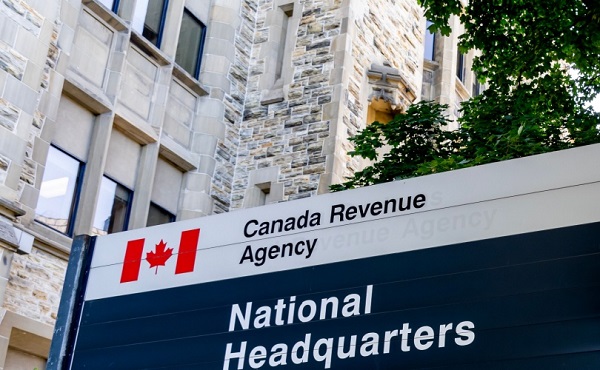
From LifeSiteNews
A Liberal government plan for pro-life and religious groups to be stripped of their tax charity status is an ‘assault’ on people’s faith, MP Leslyn Lewis said.
Canadian Conservative pro-life MP Leslyn Lewis said a plan supported by Mark Carney’s Liberal government that calls for pro-life and religious groups to be stripped of their tax charity status should be an election issue as it’s an “assault” on people’s faith.
“The Liberal plan to revoke the charitable status of religious organizations is an assault on people of faith across Canada,” Lewis wrote on X last week.
Lewis linked her post to an opinion piece published in the Niagara Independent by Lee Harding with the headline “Canada’s sleeper election issue: the loss of charitable status for religious organizations.”
Harding observed that the “potential loss of charitable status for religious charities might be the biggest sleeper issue in the federal election.”
“The Liberal government proposed the change and only Conservatives opposed,” Harding said.
Lewis noted that 40 percent of the 85,600 charities in Canada are religious organizations.
“These are organizations that feed the hungry, support the elderly, rally around people in crisis, provide addiction recovery services – and this is just the tip of the iceberg,” she wrote.
“It is quite honestly disgusting that the Liberals would try to sneak in this unconscionable attack in a Finance Committee report, just before Parliament prorogued.”
She noted how a recent Cardus study shows that if these charities lose their tax status “Canadians would lose $16.5B in services.”
Canadians will head to the polls on April 28. Harding noted how “One needn’t be religious to see the harm in such uncharitable changes to Canada’s charitable sector.”
“Fortunately, Canadians can vote down this misguided attack on religious charities. Whether they do so is up to them.”
Last month, the Conservative Party of Canada launched a petition blasting a recent finance committee recommendation supported by Carney that calls for pro-life and religious groups to have their charity tax status revoked.
The Finance Committee’s pre-budget report proposal released in December 2024 by the all-party Finance Committee suggested that legislation is needed to strip pro-life pregnancy centers and religious groups of their charitable status.
The legislation would amend the Income Tax Act and Income Tax. Section 429 of the proposed legislation recommends the government “no longer provide charitable status to anti-abortion organizations.”
All federal parties except for the Conservatives under Pierre Poilievre support the finance report’s recommendation.
Canada’s Catholic bishops have blasted the report’s recommendations and have urged the Liberal federal government to not proceed with any legislation that would target pro-life groups of religious organizations’ charity tax status.
The good news is that in light of former Prime Minister Justin Trudeau’s shutting of Parliament in order to step down from office, already planned legislation to strip pro-life pregnancy centers of charity status is on pause, at least for now.
Despite the reality that Poilievre is also pro-abortion, the former Trudeau now Carney Liberal government has in recent months ramped up his abortion rhetoric on social media in a seeming bid to rally its base, consistently boasting about his government’s desire to make killing a child in the womb easier than ever. Trudeau also repeatedly bragged about his pro-abortion record in the House of Commons.
-
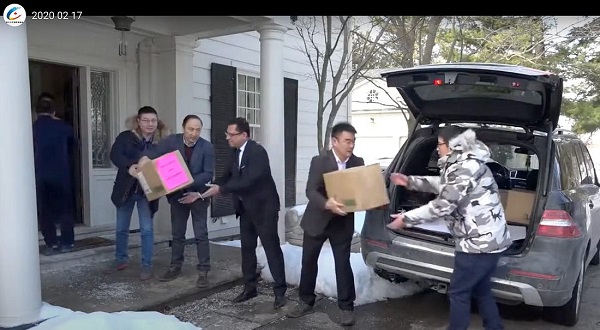
 2025 Federal Election1 day ago
2025 Federal Election1 day agoPPE Videos, CCP Letters Reveal Pandemic Coordination with Liberal Riding Boss and Former JCCC Leader—While Carney Denies Significant Meeting In Campaign
-
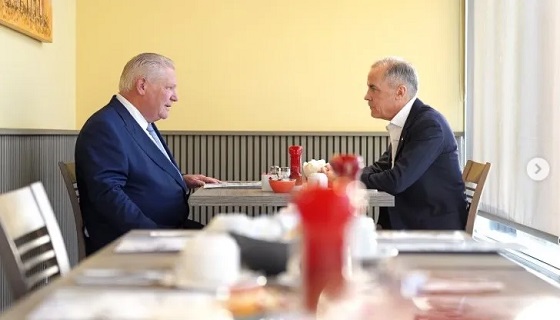
 2025 Federal Election2 days ago
2025 Federal Election2 days agoTrudeau and Carney Have Blown $43B on EVs
-

 Alberta1 day ago
Alberta1 day agoProvince to expand services provided by Alberta Sheriffs: New policing option for municipalities
-
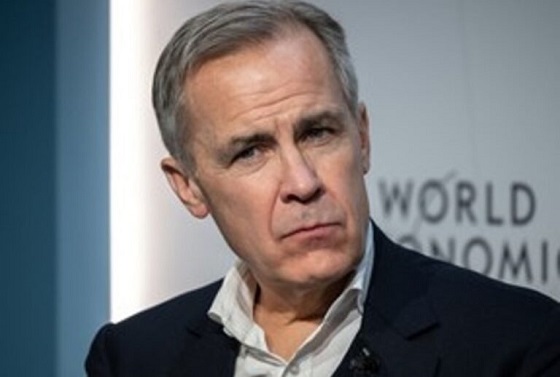
 2025 Federal Election1 day ago
2025 Federal Election1 day agoASK YOURSELF! – Can Canada Endure, or Afford the Economic Stagnation of Carney’s Costly Climate Vision?
-

 2025 Federal Election20 hours ago
2025 Federal Election20 hours agoInside Buttongate: How the Liberal Swamp Tried to Smear the Conservative Movement — and Got Exposed
-
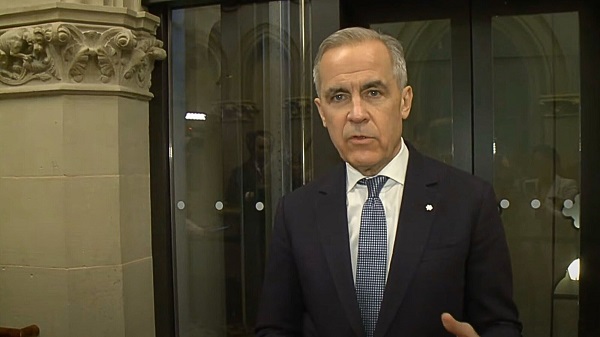
 2025 Federal Election2 days ago
2025 Federal Election2 days agoMark Carney Vows Internet Speech Crackdown if Elected
-
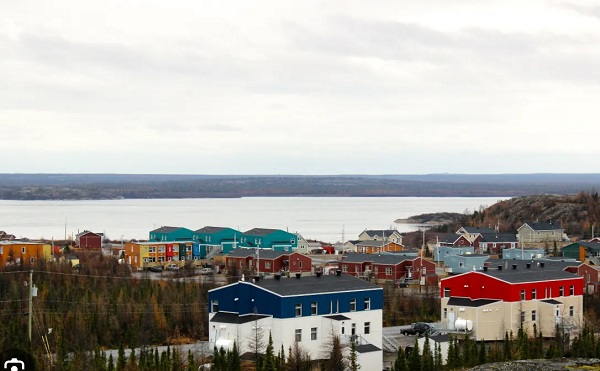
 2025 Federal Election1 day ago
2025 Federal Election1 day agoNo Matter The Winner – My Canada Is Gone
-

 Alberta24 hours ago
Alberta24 hours agoMade in Alberta! Province makes it easier to support local products with Buy Local program





